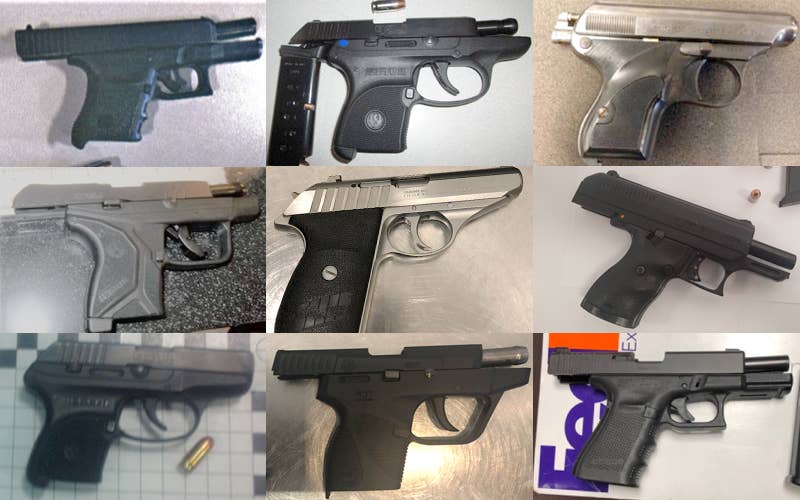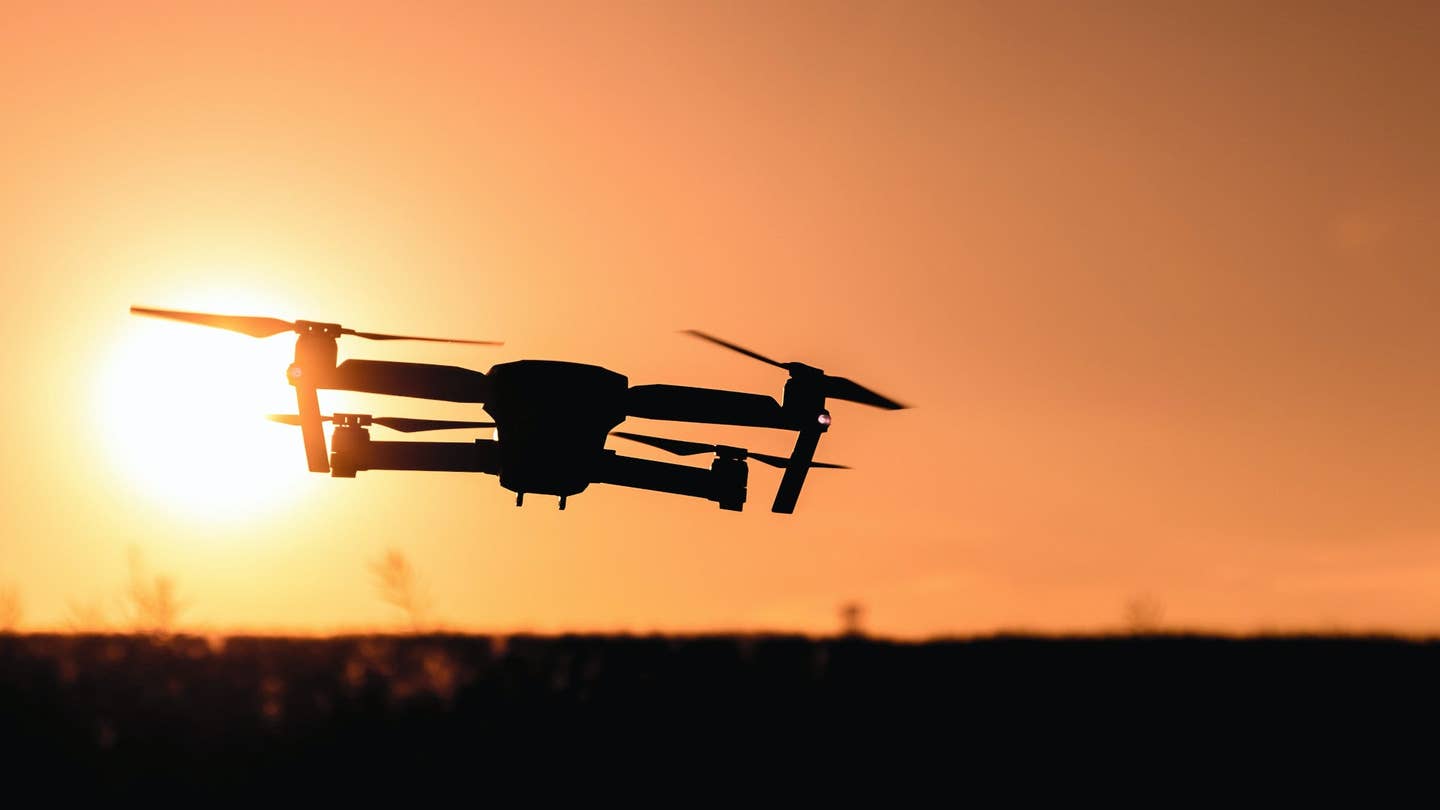Wireless Weather Station Options
An at-home weather station can provide accurate data and forecast perfect for planning flights.

A home weather station can provide accurate data for planning flights. [File Photo: Adobe Stock]
Editor’s note: The following article is not intended to be a ranking, but is only to serve as a list of possible options. As the saying goes, your mileage may vary.
Understanding the weather before, during, and after your flight is important for aviation safety. Many online resources are available to stay up to date on weather conditions, like Avwxworkshops, but sometimes having access at home can help the planning process. An at-home wireless weather station can help you plan flights and help you determine routes. When shopping for a home weather station, keep in mind the power source, functions, accuracy, display, and other considerations, all detailed below.
Quicklook: Wireless Weather Stations
- Davis Precision Weather Station
- AcuRite 5-in-1 Weather Sensor
- La Crosse Technology Forecast Station
- WeatherFlow Tempest
- Sain Logic Weather Station
- Newentor Indoor/Outdoor
- Ambient Weather
7 Wireless Weather Station Options
Here are some of FLYING’s top picks for at home weather stations.
Davis Precision Weather Station
The Davis Precision Weather Station provides accurate, reliable weather monitoring in a self-contained, easy-to-install system. The fast integrated sensor suite (ISS) updates give constant updates to stay on top of conditions.
Weather Conditions Measured:
- Wind speed and direction
- Temperature
- Humidity
- Barometric pressure
- Rainfall
Power source: Solar-powered array; battery-powered console
Wifi compatible: Yes
Display size: 3 by 4.375-inch LCD display
Sensor range: 1,000 feet
Remote access: Yes. Wireless transmission up to 1,000 feet
Special features:
- Updates every 2.5 seconds
- Records wind speed as low as 2 mph (1.7 knots) and as high as 150 mph (130 knots)
Benefits:
- Simple to set up
- Compact
- Remote reaches up to 1,000 feet
Disadvantages:
- Mounting stand sold separately
- Hub and data-logging software sold separately
AcuRite 5-in-1 Weather Sensor
AcuRite’s weather station is an affordable option for at-home weather monitoring. With a large LCD screen for readouts and a backlog of high and low rainfall and temperature, the AcuRite weather station calibrates to your location.
Weather Conditions Measured:
- Rainfall
- Wind speed
- Wind direction
- Humidity
Power Source: Solar with battery backup (array), battery-powered display console
Wifi Compatible: No
Display Size: 4 inches by 4 inches
Sensor Range: 120 feet
Remote Access: Access hub sold separately
Special Features:
- Reports every 18 seconds
- Large Color LCD Display
- Patented, self-calibrating technology
Benefits:
- Easy-to-read display
- Measures rainfall
- Accurate wind data
Disadvantages:
- Undersize mounting holes in base
- Hardware to mount is not included
- AcuRite access hub sold separately
La Crosse Technology Forecast Station
The La Crosse Technology weather station is perfect for forecasting upcoming weather. The easy-to-read display screen measures basic weather data and is easy to set up.
Weather Conditions Measured:
- Temperature
- Humidity
- Time
Power Source: Two AA batteries
Wifi Compatible: No
Display Size: 1.5 inches by 5 inches
Sensor Range: Up to 330 feet unobstructed
Remote Access: No
Special Features:
- Forecasts next day weather
- Features accurate, self-set atomic time & date
Benefits:
- Affordable
- Basic datas, easy to read
Disadvantages:
- Cannot be placed in direct sunlight
WeatherFlow Tempest
The Tempest weather station by WeatherFlow is a smart home-enabled weather station with a laundry list of features. An advanced app allows for connections with Alexa, fast updates, and ability to record lightning.
Weather Conditions Measured:
- Temperature
- Humidity
- Barometric pressure
- Lightning strikes
- Wind speed and direction
- Ambient light
- UV intensity
- Rainfall
Power source: Solar with battery backup or corded electric
Wifi compatible: Yes
Display size: Uses smartphone
Sensor range: 1,000 feet or more
Remote access: Yes, via smartphone app
Special features:
- Smart home enabled, can connect to Alexa
- Updates every three seconds
- Detects lightning 0 to 25 miles away
Benefits:
- Great app for use
- Sleek design
- Multiple weather-condition tracking
Disadvantages:
- High winds may skew rainfall
Sain Logic Weather Station
The Sain Logic weather station is a great option for accurate weather readouts. While it is similar to other options on the list, the Sain Logic does not connect through wi-fi, rather it uses bluetooth to transmit data from the sensor to the hub. The Sainlogic uses a traditional anemometer and weather vane to measure wind and is just as accurate as others.
Weather conditions measured:
- Indoor/outdoor temperature
- Wind speed and direction
- Humidity
- Rainfall
- Barometric pressure
Power source: Solar with battery backup
Wifi compatible: No
Display size: 4 inches by 5 inches
Sensor range: 250 feet
Remote access: No
Special features:
- Data transmitted wirelessly to base station
- Backlogs data
Benefits:
- Multiple weather sensors
- Accurate data
- Sensor range
Disadvantages:
- Not wi-fi capable
- Display is small
Newentor Indoor/Outdoor
The Newentor is the most affordable option on the list, but it does not disappoint. With a longer range sensor than some on the list, the Newenter is able to give accurate weather data, with alerts, in large space. The large LCD screen allows for easy readout of temperature and humidity.
Weather conditions measured:
- Temperature
- Humidity
Power source: Battery or Plug-in
Wifi compatible: No
Display size: 7.5-inch LCD Screen
Sensor range: 200 feet
Remote access: No
Special features:
- 7 to 10 days calibration ensures an accurate personal forecast
- 3 remote sensors
- Temperature alerts
Benefits:
- Affordable
- Simple yet effective
- Perfect for large areas
Disadvantages:
- Not rain or sunproof
- Not many weather readouts
Ambient Smart Weather Station
The Ambient smart weather station is a fully remote accessible weather station that can be accessed from a phone, tablet, or computer from anywhere. The Ambient weather app for Alexa and Google Assistant provide the ability to get real-time, and past weather information generated by the devices they have been linked to.
Weather Conditions Measured:
- Wind speed and direction
- Rainfall
- Barometric Pressure
- Humidity
- UV ray intensity
Power source: Solar-powered array with battery backup
Wifi compatible: Yes, 2.4 GHz required
Display size: Uses smartphone
Sensor range: 330 feet
Remote access: Yes
Special features:
- Compatible with Alexa
- Connects to weather station network, Weather Underground, in addition to WeatherCloud and WeatherBug.
Benefits:
- Many weather readings
- Supports both imperial and metric units of measurement
- Add-on sensors can be added on
Disadvantages:
- Backup batteries not included
- Mount not included
What Is a Wireless Weather Station?
A wireless weather station included a display unit and external sensor to provide weather reading outputs to the display screen or to a smartphone. Through different types of sensors, the weather station can give accurate data in regard to temperature, humidity, rainfall, barometric pressure, and more.
How Does a Weather Station Work?
Sensors on weather stations collect data like temperature, rain, wind, humidity, atmospheric pressure, etc., and show them on a display screen or smartphone.
Selecting a Weather Station
When selecting a weather station, there are a few things to consider. Understand the average weather conditions in your area and choose a weather station that can withstand average conditions while still giving you the desired weather readouts.
Durability
Some weather stations are designed to withstand all types of weather, while others are not. Some of the more affordable options may not be able to withstand high UV indexes or rainfall, while others may withstand hurricane-like winds and rain. Understand your average weather conditions throughout the year before choosing a weather station.
Range
The range of a weather station is important to get accurate readings as well as give accurate forecasts. The average range of an at home weather station is about 200 feet, but they can extend up to 1,000 feet. Depending on the amount of land you live on and what you are looking to measure, choosing a range that can fit your needs is important.
Power Source
At home weather stations can be powered three ways. The most common way to power an at-home station is by solar power. While solar power is the most popular, weather stations can also be battery-powered or plugged into outlets for continuous power. Depending on where you live and where you plan to mount the weather station, choose a power source that will be easiest to maintain.
Display
Most weather stations come with a digital LCD display to output the information the sensor read. The most technologically advanced station can connect directly to smartphones, tablets, and computers for remote access.
Sunny Skies Ahead
Whether you are choosing a weather station for flight planning, forecasting, or just to have around the house, it is a great tool to have on hand. If this list was helpful in your search and you want to stay up to date on more useful information subscribe to Flying Magazine.
FAQ
Is a home weather station worth it?
A personal weather station can provide assistance in flight planning and give an insight into forecasts. Weather stations can be a valuable tool for anyone in the aviation industry or otherwise.
What is a personal weather station?
A personal weather station is a tool you can install at your home or business to provide accurate weather reporting information to an external display or smartphone.
What do weather stations record?
A personal weather station is a tool you can install at your home or business to provide accurate weather reporting information to an external display or smartphone.

Subscribe to Our Newsletter
Get the latest FLYING stories delivered directly to your inbox






